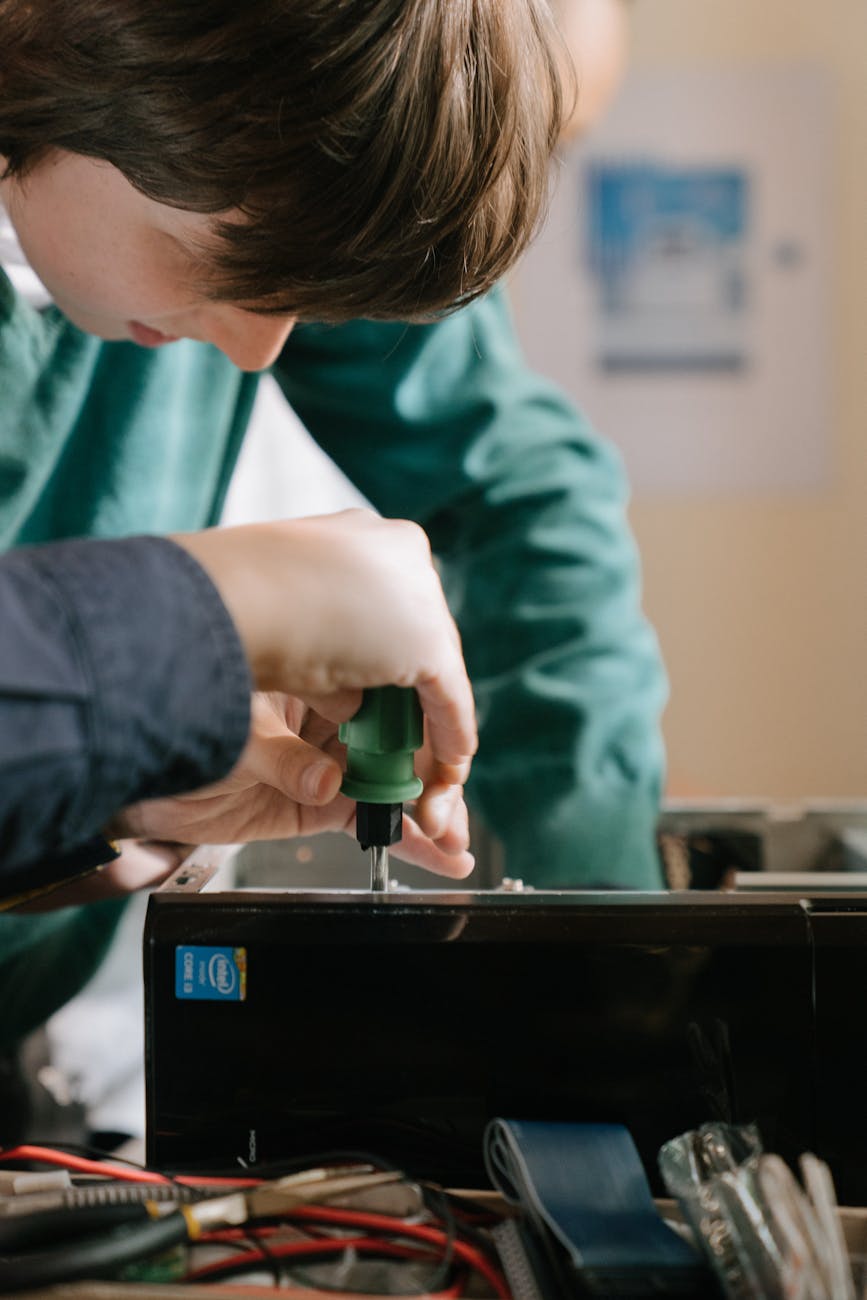Hello AI enthusiasts! Today we’re delving into some fascinating developments coming from the world of artificial intelligence, including the latest from MIT, where researchers are pushing the boundaries by teaching AI to self-improve. This could potentially be the first tiny step towards the much-anticipated (and somewhat feared) intelligence explosion.
The MIT team has developed the Self-Adapting LLMs (SEAL), a framework that empowers large language models to self-educate and self-improve, all without human intervention. This system allows the models to generate their own self-edits and to create synthetic data for their training and self-updates. It’s a breakthrough that has produced incredible results, particularly in knowledge tasks and puzzle-solving tasks. While we’re not quite at the stage of self-improving superintelligence, this development is a significant stride in that direction.
Another exciting revelation comes from Chinese scientists, who’ve discovered that AI models are spontaneously constructing internal ‘maps’ of the world. These maps closely resemble human conceptual understanding, taking us beyond the realm of basic recognition and into the territory of machine cognition. This research indicates that AI models aren’t just data parrots, but capable of genuine reasoning and conceptual understanding.
In the realm of AI applications, Perplexity’s new Labs feature allows users to analyze viral YouTube videos and successful channels. It enables users to uncover hidden patterns, design effective content strategies and understand engagement tactics that drive high viewership. Another exciting development is Eney, MacPaw’s AI computer entity designed to bridge the gap between you and your digital tasks through natural conversation.
From the world of education, a recent study from The Alan Turing Institute reveals a digital divide in children’s AI use. The study found that while 22% of UK children aged 8-12 are already using AI, those in private schools are nearly three times more likely to have access than their peers in state schools. This disparity in access to and use of AI could potentially widen the educational gap.
On the job front, openings include positions for a Partnerships Manager, Consulting Partner Manager, Full-Stack Engineer, and Applied Research Lead. Companies like Nvidia and OpenAI have been making headlines, with Nvidia’s CEO expressing disagreement with Anthropic’s CEO on AI and job automation, and OpenAI rolling out updates to its Projects feature.
In conclusion, the world of AI continues to evolve at a breathtaking pace, bringing us closer to a future where AI models can self-improve and understand the world just like humans. However, as we embrace these advancements, we must also address the digital divide to ensure that everyone has equal access to the benefits brought by AI.
🔗 原文链接
